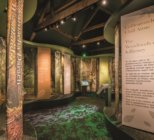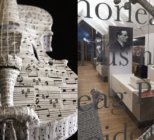With over 150 years of history behind it, Kylemore Abbey’s story is not a single, simple narrative. Located along the Wild Atlantic Way in Connemara in County Galway, the building began life as a grand castle in 1868, became an opulent home for early 20th century socialites, then saw Benedictine nuns arrive from Belgium to take up residence after World War I. Their community, which ran a renowned boarding school for girls until 2010, remains on site to this day.
After the school’s closure it was decided that another refresh of Kylemore’s status was necessary again, this time by upgrading its visitor experience.
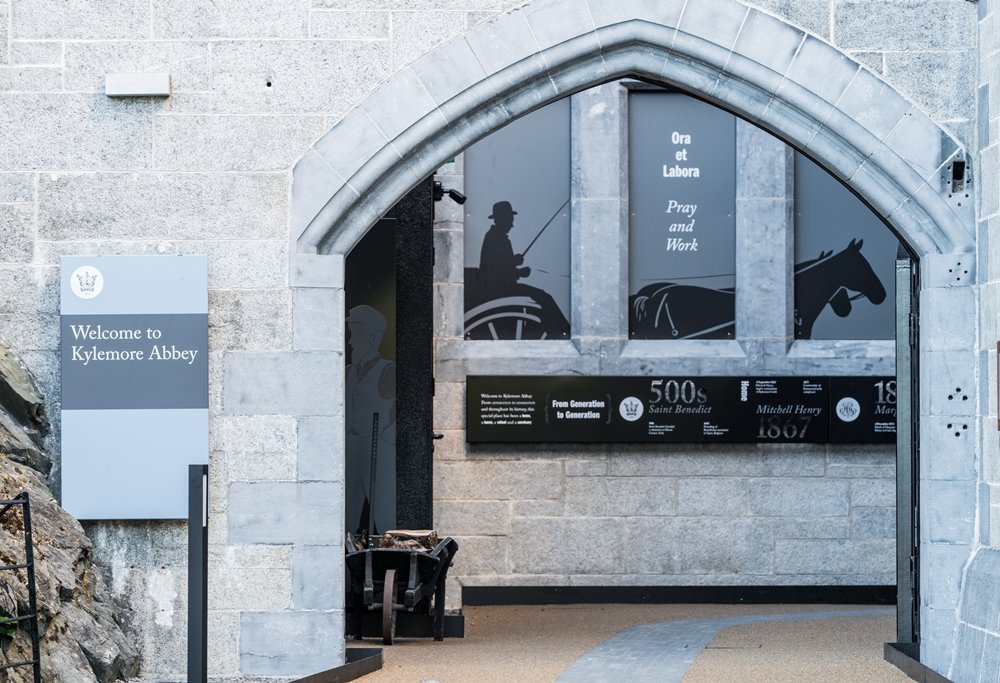
“Different parts of exhibitions and stories had been done before, but there was never one cohesive piece of storytelling and we knew there were a lot of story strands that people weren’t getting to see,” explains Eithne O’ Halloran, the site’s abbey & gothic church manager.
“When people went away we often felt that they’d only learnt one of Kylemore’s stories and were missing a depth of experience. What was there had also become jaded and we had a problem with visitor flow.”
Bright was appointed as a key partner and suggested two broad sections for the new exhibition: a modern initial stage that would utilise spaces that had recently been working parts of the abbey, then lighter interpretive elements designed to fit in with period rooms that were about to undergo restoration work.

When people arrive at Kylemore now they first encounter contemporary, immersive forms of engagement, including various audio-visual elements. Then, as they move through the building, the storytelling becomes more subtle within the abbey’s evocative period rooms.
“Bright worked closely with us to identify what our needs really were,” O’ Halloran continues. “Not just around the story, but by making the building work for visitors and staff, and identifying the right visitor flow model. Once that was decided they started to match up storylines to tell all the stories coherently, then applied them to a map of the building to visualise how the storytelling would be done in a way visitors would understand, which was very important with the overlapping chronologies of the individual strands.”
Gauging the success of Kylemore’s revamped visitor experience is a touch tricky. Sited in a remote location, the refreshed attraction opened near the end of June 2019, partway through peak season, so its first full period of operation was in the later, leaner autumn and winter months. Then another piece of history arrived in the form of a global pandemic, causing huge disruption to trading dates and international visitors in 2020 and beyond.
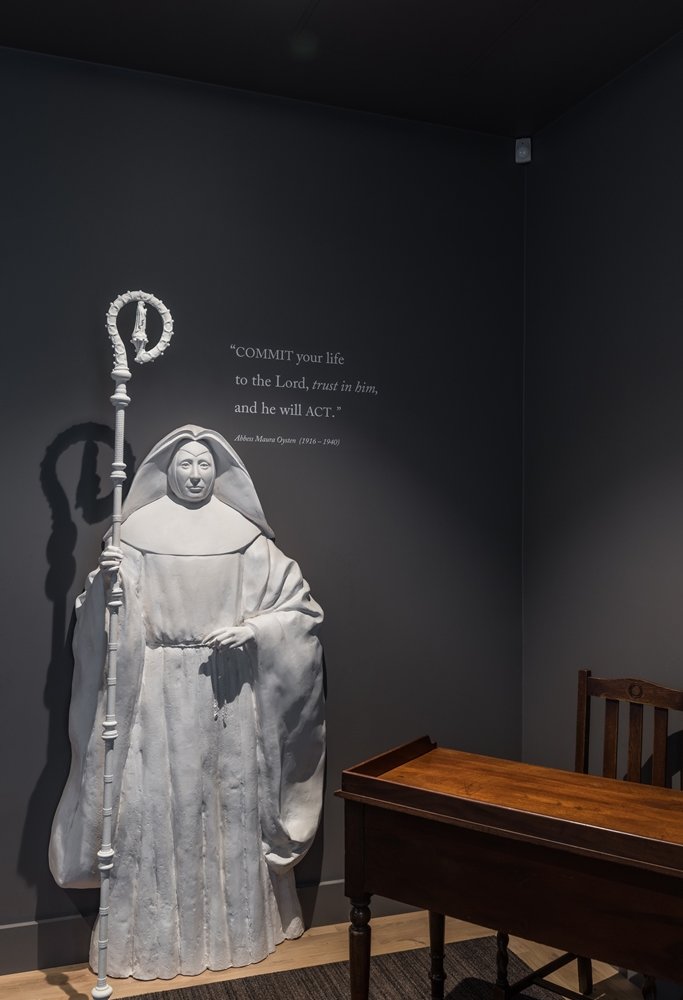
Nevertheless, O’Halloran is extremely positive about the project’s outcomes, insisting it be judged on its fulfilment of her team’s expectations, visitors’ reactions and via a few indicative figures acquired despite all the upheaval.
A particular ambition for the development was to see visitor numbers increase in the off-peak months and, after strong press coverage, domestic numbers improved, with a marked 15% uplift in December 2019. Furthermore, when Kylemore reopened at the end of June 2020 after lockdown, domestic visitors went up by over 100%. A tendency towards spending leisure time more locally was naturally a factor, but news of Kylemore’s revamp and feedback from home-grown tourists also fuelled interest, with new visitors impressed and previous patrons saying the experience felt revitalised.
“We’ve noticed a pattern of repeat visits, with people coming back with different friends or family, so it feels like they think the exhibition’s deserving of more than one visit,” the abbey & gothic church manager states. “We were looking for people to increase their dwell time too and they have, with visitors spending more time in the abbey, which was important, and we’ve had good trends in spending in our shops and eateries, that’s been reflected well across the estate.
“A big objective for us was to really improve the overall visitor experience. We wanted people to have a greater quality of experience, to avoid feeling short-changed in any way and that’s one of the things that’s changed – people now feel they’re getting really good value for money and have had a complete experience, which is great and also really positive for staff morale.”
This impression has been backed up by comments on digital platforms and social media, including overwhelmingly positive reviews on Tripadvisor – one proclaiming that the recent changes have “transformed Kylemore Abbey from a ‘must see’ to a ‘most definitely do not miss’ tourist attraction”.
Design features praised by visitors have included understated etchings on mirrors and windows, hidden audio elements that add atmosphere to rooms, and the huge library mirror which offers a reflection much more historic – and haunting – than it first appears.
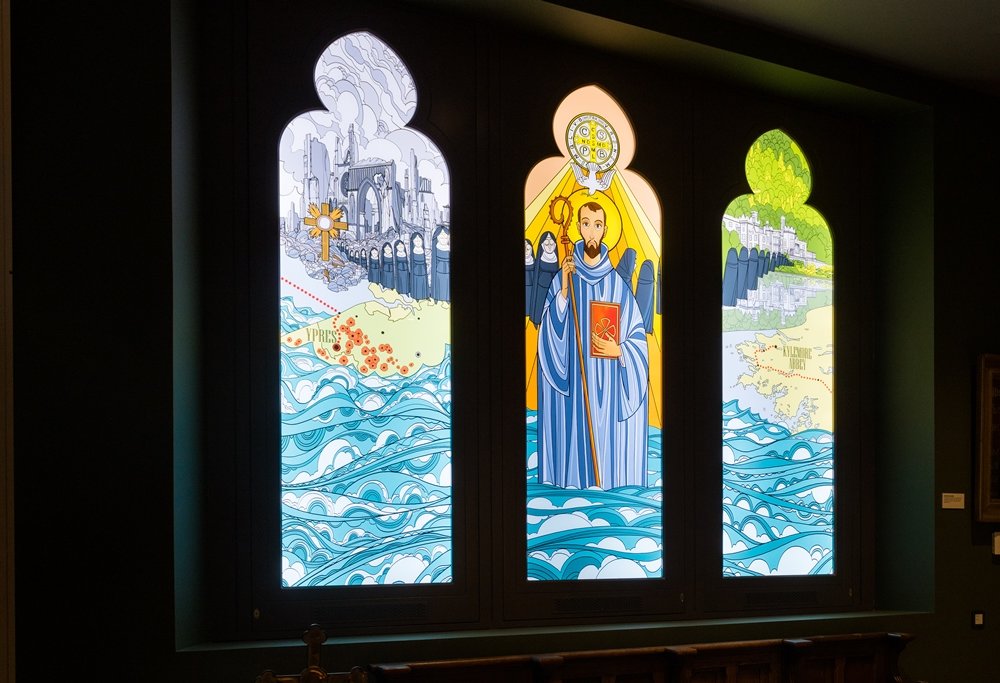
Video elements, including a short documentary about the Benedictine nuns’ story, have been well-received too, while Bright also covered modern considerations such as guidance on how to set up spaces effectively for the Instagram era.
“I think what I liked the most about Bright’s work were the small touches which mean there’s so much to discover, and the combination created – we feel a bit like a museum, a bit like a country house and a bit like a visitor experience, which gives us something for everyone,” O’Halloran concludes. “The new exhibition just really gave us a shot in the arm.” In the current climate, that seems a most appropriate accolade.”


